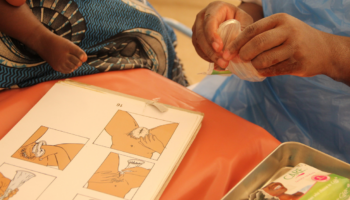As it applies to birth control, charting is recording details about fertility markers. Charting can be done manually on paper or digitally using modern software or apps.
Assessing the chart can help women learn when they are most fertile. They then abstain or engage in sex during these times, depending on whether they want to conceive or not. Charting is a key part of the fertility awareness and rhythm methods of contraception.
More About Charting
Women can chart several fertility markers. These include the onset and length of periods, the look and feel of cervical mucus, and basal body temperature. They can chart as many or as few of these markers as they like to learn more about their fertility. Some experts suggesting tracking just one element at first. Women can then add more elements over time as charting becomes more natural.
After a few months, most women notice patterns in their fertility markers. They will be able to identify when they ovulate and how long they are fertile for. They can also predict when they will ovulate again and the length of their fertility window.
Charting fertility helps women feel more connected to their bodies and their cycles. They also learn more about how their menstrual cycle impacts their moods and energy levels. They can also chart these observations.
Consistency is important for effective charting. The more complete your information is, the more useful it is. Charting can be a very effective and natural form of birth control. However, there is a large margin for human error. Experts suggest that with perfect use it is 99 percent effective. However, with typical use this falls to just 76 percent. If you do not want to fall pregnant, consider combining charting with another contraceptive.



